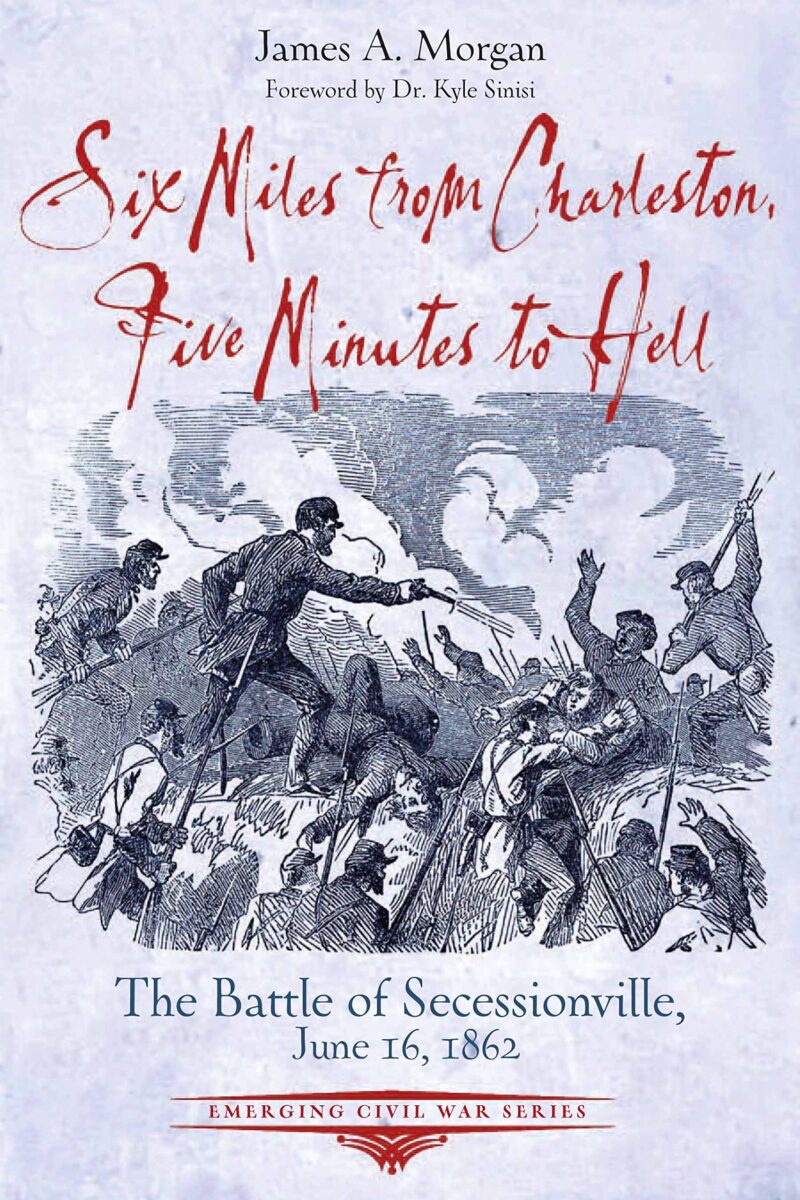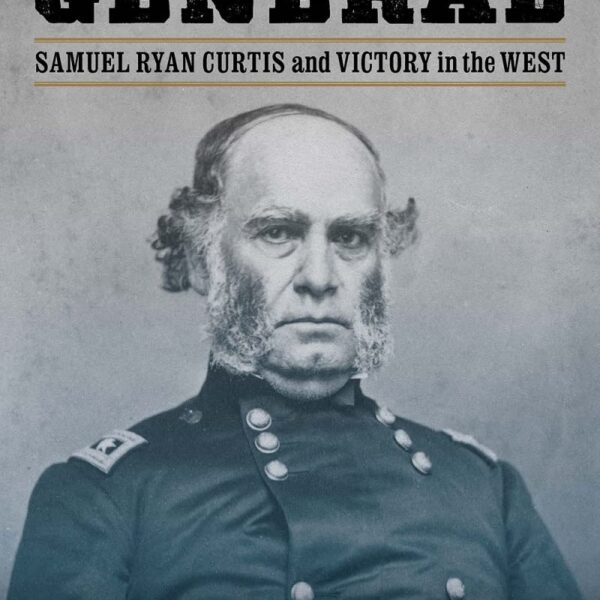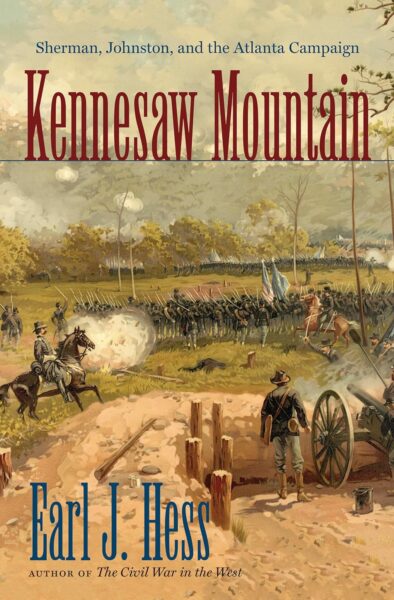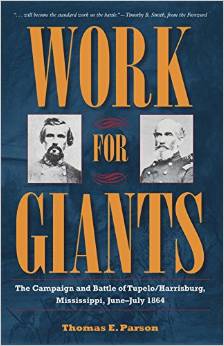James A. Morgan takes readers on a trip around South Carolina’s early Civil War battlefields in the Emerging Civil War Series’ latest offering, Six Miles from Charleston, Five Minutes to Hell. The book’s eye-catching title refers to Secessionville, South Carolina, and the battle fought there on June 16, 1862. Morgan contends that this one-day battle in a small, 14-acre village determined the fate of the far more coveted city of Charleston. With a keen eye for both public and military histories, Morgan’s chronological narrative traces the strategic importance of South Carolina’s James Island from the Revolution through the Civil War.
Though often overshadowed by the coinciding Peninsula Campaign in Virginia, Secessionville was a critical battle. Had it resulted in a Union victory, Morgan contends, the battle “almost surely would have led to the fall of Charleston, and that might have changed everything” (146). In short, the author seeks to restore Secessionville to prominence as vital to the Confederate war effort, outweighing in scope what it lacked in scale.
In describing the little-known battle, Morgan embraces both the heights and depths of traditional military history. He offers detailed lists of troop positions, movements, weapons, and logistics, providing encyclopedic surveys of the battles preceding Secessionville. However, with few exceptions, the movers of historical events in the book all graduated from West Point, and Morgan unfailingly lists their graduation rank and notable classmates. Though not a “great man” history, Morgan’s narrative centers on officers like Nathan G. “Shanks” Evans or W. D. Smith, even though neither “were directly involved in the fighting in any significant way” (112). This begs the question of how soldiers on the ground experienced the battle, or the even more neglected question of how the battle impacted the enslaved, whose living quarters are pictured on each of the battle’s maps. The reader is left wondering: what became of these people?
The book benefits from Morgan’s extensive public history experience. A veteran of South Carolina’s Civil War commemorative efforts, Morgan’s clear prose and attention to narrative reads like a guided tour of South Carolina’s coastal battlefields. References to historical figures seldom appear without an accompanying visual portrait or connection to household names. For example, Morgan writes that while general Thomas W. Sherman “was no relation to the better-known William Tecumseh Sherman,” general Hugh Mercer was indeed the “grandson of the Revolutionary War general of the same name” (6, 53). Similarly, mentions of places only marginally connected to the Battle of Secessionville, like Battery Wagner, allude to more famous episodes in their history. Aimed at a popular audience, Morgan’s work finds touchpoints that inquisitive buffs will recognize and then, in turn, builds upon them to clarify the story at hand.
The book is amply illustrated with historical photographs depicting the people and places connected to the story. Some of the modern images contain irksome objects like cars and RVs; yet, as a guide to the battlefields (the appendix even offers driving instructions to different sites), these images give readers the impression of being taken on a tour. Morgan’s impressive anecdotal and illustrative efforts offer an accessible guide for history buffs and curious visitors; he tells a detailed story and shows readers how that narrative is being retold in the present.
In sum, Six Miles from Charleston, Five Minutes to Hell provides a readable and compelling examination of an otherwise neglected Civil War battle. Professional historians may bridle at Morgan’s refusal to engage deeply with historiography or at his occasional lack of nuance. However, Morgan seeks only to “clarify some aspects of the story and draw further attention to this small, but potentially very significant, fight and give readers a fuller understanding of what took place” (xxv). In that endeavor, he succeeds mightily.
A.J. Blaylock is a graduate student in the Department of History at the University of Alabama.





